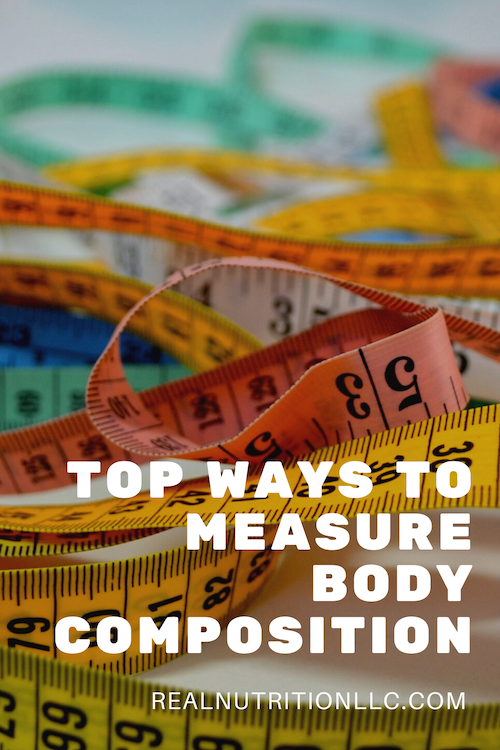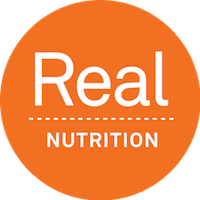
Top 6 Ways to Measure Body Composition
There are many methods of measuring body composition. Which one is best, and which one is right for you?
It depends on your goals, budget, and access to the equipment. Here are some things to consider before you get a body composition test.
People that probably should not get a body composition scan:
- If you have disordered eating/eating disorders, body dysmorphia, exercise compulsion, or if getting a test done would put you in a bad mental state.
- If you feel obsessive about the numbers and data
- If the outcome doesn’t really matter for your life or your sport
People that may benefit from a body composition scan:
- Athletes in sports where body composition is relevant to performance or ability to compete, such as weight-class sports (boxing, wrestling, rowing), gravitational sports (gymnastics, ski jumping), sports with high strength-to-weight ratio (climbing) and endurance sports (running, cycling, triathlon).
- People at risk for relative energy deficiency in sport (RED-S) that need to know how to fuel properly to recover from RED-S
- Females that have lost their period that need to know how much body fat they have to be healthy
This is not an exhaustive list! Be sure to talk with your healthcare provider to see if getting a body composition scan is right for you.
And now, if you’ve decided to get a scan, which method should you choose? Here’s a run-down of the most common types.
Dual X-ray Energy Absorptiometry (DEXA)
DEXA scans measure fat free mass, fat mass, and bone density. This is helpful for someone who has had stress fractures, osteoporosis, osteopenia, or is worried about their bone health. You lay on a flat table and get scanned. These machines are expensive and are usually found in medical facilities, universities, and high-end training facilities. It is considered accurate and is a valid way to measure body composition. Fees usually are around $100 to get this done.
Air-displacement plethysmography (BodPod)
This looks like a white egg you sit inside. You wear a swimsuit and have a swim cap on if you have a lot of hair. It measures fat free mass and fat mass. It’s considered accurate, but like all methods, there is a margin of error. These machines are also expensive and usually only found at big facilities.
Ultrasound (BodyMetrix)
This measures your body composition by the technician putting the ultrasound wand on key sites on your body, such as hip, belly, thigh, scapula, and tricep. The ultrasound divide sends a painless, harmless signal through your tissues that measures the thickness of fat and muscle tissue. This is considered very accurate if the person conducting the scan is well-trained. Cost ranges based on what the provider charges. I do this in my office regularly for my clients who need body composition testing done. You can book an appointment online.
Skinfold Calipers
This can be accurate or horribly inaccurate depending on the training of the person doing the measurements. Often, trainers at gyms purchase some cheap calipers and do these tests on their clients. This is not very accurate. If you get someone that has high-quality calipers and adequate training (look for someone that is certified by the International Society for the Advancement of Kianthropometry (ISAK) it can be very accurate. Cost is usually minimal. Since the calipers are relatively affordable and portable, this type of testing is common.
Bioelectric Impedance Analysis (InBody)
This method is super common. Equipment ranges from cheap home bathroom scales, to handheld devices at gyms, to high-end scales that have contact points on both feet and hands. The technology works by shooting an electric signal through your body (painless and harmless). Electricity travels faster through lean mass than through water. The machine uses an algorithm to determine how much fat mass, lean mass, and water you have in your body based on how fast the electric current traveled.
There is a larger margin of error than a lot of other methods (around 4-6%) based on your hydration status, muscle glycogen stores, and whether you have full bowels/bladder/stomach. This test is most accurate when you are fasting and you’ve emptied bowels and bladder. These machines are common in physical therapy offices, gyms, and training facilities. Your home bathroom scale that claims to measure body fat doesn’t really do an accurate job. Don’t count on this number to tell you anything meaningful.
So there you have it, the top six most common ways to measure body composition!
~This is general information only and is not medical advice. Always consult your healthcare provider before undergoing any diet or lifestyle change or procedure.


